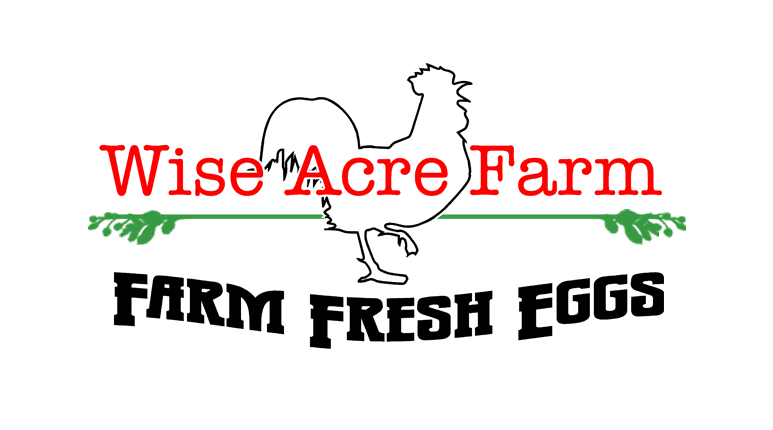Grass Fed Beef.
Wise Acre Farm has partnered with a small ranch off Fulton Road to provide you with a local source of Grass Fed Beef. Our beef never leaves Sonoma County which means the environmental impact is low. Scroll down to learn about how our steers nurture the land before they provide food for you.
How to Purchase
Every Sunday from 10am-1pm you can find us next to the vending machine on the farm. If that timing doesn’t work contact us and we can meet at a different time.
631 Arata Lane
Windsor, CA
s
Our ranchers purchased a 18.5 acre property and learned after that the land has some endangered plant species. After working with Laguna de Santa Rosa and the University of Colorado they developed a plan to work the land in a way that best benefits the endangered plants.
Research has shown that the endangered plants benefit from pressure by grazing animals. The grazers eat the non-native grasses that can smother the small endangered plants, and they compress the soil in the swales and vernal pools, making them hold water longer, which encourages the endangered plants to grow.
It’s that just fascinating? We sure do think so!
MAINTAING CATTLE ON PASTURE IN SONOMA COUNTY
Pasture raising cattle in Sonoma County is challenging. When the rains stop, pastures go dormant and the remaining grasses have a much lower nutritional value.
Our dry summers do not support active pasture growth without irrigation. With the changing of our climate and water scarcity, we need to find new ways to give cattle the nutrition they need without irrigating pastures, which means we need to supplement their feed. Traditionally, grains have been used along with fodder and hay. Grains have a lot of sugar in them and can ferment in the cattle’s rumen causing health problems and even death.
Since the bacteria in the rumen can break down the cellulose in dried grass into simpler sugars that the steer can digest, we focus on the missing proteins and green matter that rounds out the animal’s diet and gives them a year-round springtime-quality feed.
We do this with a variety of items:
· Alfalfa hay
· Mixed oat hay
· Fodder (fresh sprouted barley, the seed’s sugars have been used to make leaves and roots)
· Brewers’ grain (the sugar has been extracted to make beer)
· Garden veggies (broccoli, cabbage, green bean leaves, corn stalks without the corn)
The amounts fed depend on the time of year. In the spring, we only supplement with a mineral and salt block. As the nutritional value of the pasture decreases, we begin to add supplements. The diet varies depending on what is ripening in the garden. Here is an example of an August feeding (two kinds of hay, brewer’s grain and fresh barley fodder)
The steer still forage for themselves on the pasture grass for over half of their daily feed, but they enjoy the variety that lets them stay healthy during our summer months.



